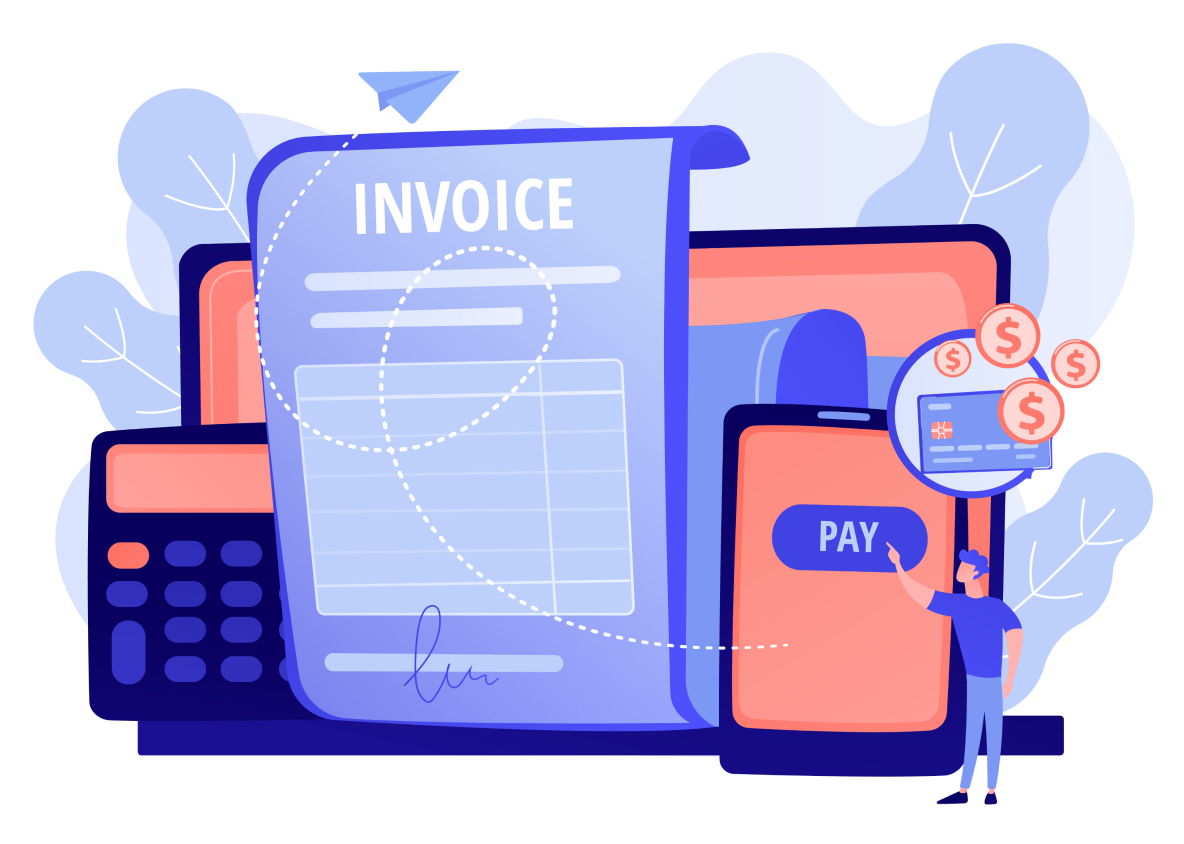Invoicing is an essential process for any business, big or small. It involves the preparation and submission of bills or invoices for goods and services sold to customers or clients. However, traditional invoicing methods can be time-consuming, error-prone, and costly. With the advent of e-invoicing, businesses can now streamline invoicing processes, reduce errors, and increase efficiency.
Most notable benefits of using e-Invoicing in the EU include cost savings, faster payment processing, reduced paperwork and improved accuracy
What is e-Invoicing?
E-invoicing, or electronic invoicing, is a digital process of generating, sending, and receiving invoices between businesses electronically. It involves the exchange of invoice documents between a supplier and a buyer in a structured electronic format, rather than sending invoices in paper form.
E-invoicing allows businesses to send invoices in a standardized digital format, which can be easily processed and integrated into the buyer's accounting system. This eliminates the need for printing, posting, and manual data entry, making the invoicing process more efficient and cost-effective. E-invoicing also offers greater transparency and control for both suppliers and buyers, allowing businesses to track and monitor their invoices, ensuring that they are received and processed on time.
E-invoicing has gained tremendous popularity in recent years due to its many benefits, including improved efficiency, cost savings, and better cash flow management.
What are the benefits of e-Invoicing in the EU?
E-invoicing in the EU has become more prevalent due to the various benefits it offers to businesses. These benefits include:
- Improved efficiency: E-invoicing eliminates the need for printing, posting, and manual data entry, making the invoicing process more efficient and faster. This can result in reduced administrative costs and increased productivity.
- Better cash flow management: E-invoicing can help businesses improve their cash flow by reducing the payment cycle time. With e-invoicing, businesses can send and receive invoices more quickly, allowing them to process payments more efficiently and effectively.
- Greater transparency and control: E-invoicing offers greater transparency and control for both suppliers and buyers. By using a standardized digital format, businesses can track and monitor their invoices, ensuring that they are received and processed on time. This can help prevent disputes and discrepancies, which can be costly and time-consuming to resolve.
- Environmental sustainability: E-invoicing can contribute to environmental sustainability by reducing paper usage and cutting down on transportation emissions. It can also help businesses meet their sustainability goals and reduce their carbon footprint.
What are the challenges of e-Invoicing in the EU?
As with everything else there are several challenges that need to be addressed for the widespread adoption of e-invoicing in the EU. Most notable of these challenges include:
- Legal and regulatory compliance: E-invoicing in the EU must comply with various legal and regulatory requirements. For instance, invoices must be issued and stored for a certain period, and they must meet specific data requirements. Non-compliance can result in fines or penalties, which can be a challenge for businesses.
- Interoperability: E-invoicing systems used by different companies or countries must be compatible with one another. This requires standardization of formats, codes, and protocols. Without interoperability, e-invoicing cannot function efficiently, and companies will need to rely on multiple systems to process invoices.
- Resistance to change: Some companies may be resistant to change and prefer traditional paper-based invoicing. They may perceive e-invoicing as a risky or unnecessary investment, which can impede its adoption.
Regulations governing the e-Invoicing within the EU
In the EU, e-invoicing is governed by the European Directive 2014/55/EU on electronic invoicing in public procurement. This directive mandates that all EU member states must adopt a common standard for e-invoicing in public procurement by April 2020. Additionally, the EU has established the European E-Invoicing Service Providers Association (EESPA), which sets standards for e-invoicing and promotes its adoption.
The common standard for e-invoicing in the EU is the European Standard on e-Invoicing (EN 16931), which provides a common format for e-invoicing across the EU. The standard is mandatory for all public sector entities in the EU, as well as their suppliers.
However, it is important to note that the adoption of e-invoicing is not mandatory for private sector businesses in the EU. Nevertheless, many businesses are choosing to adopt e-invoicing due to its benefits.
Conclusion
In conclusion, e-invoicing offers many benefits to businesses in the EU, including improved efficiency, better cash flow management, greater transparency and control, and environmental sustainability. However, the widespread adoption of e-invoicing is not without its challenges. These challenges include legal and regulatory compliance, interoperability, and resistance to change.
To overcome these challenges, businesses must be aware of the requirements and regulations governing e-invoicing in the EU and ensure that their systems are compliant. Standardization of formats, codes, and protocols is also important to ensure interoperability between different e-invoicing systems used by different businesses or countries. Additionally, efforts should be made to raise awareness and promote the benefits of e-invoicing, particularly among small and medium-sized enterprises who may face challenges related to implementation and adoption.
Despite the challenges, the adoption of e-invoicing in the EU is expected to continue to grow, driven by the increasing need for digitalization and automation of business processes. E-invoicing can help businesses improve their efficiency, reduce costs, and streamline their operations, ultimately leading to increased competitiveness and profitability. With the right strategies in place to address the challenges of e-invoicing, businesses in the EU can harness the full potential of e-invoicing and reap its many benefits.
